Wild capture fisheries supply food and jobs for hundreds of millions of people across the globe. Yet an estimated 68% of global fisheries are overfished, contributing to food insecurity, economic impacts, and an erosion of biodiversity. Ocean health and sustainable fisheries both depend on effective fisheries management.
Effective management of fisheries requires three fundamental elements: data collection, stock assessment and implementation of effective rules and regulations. Innovative approaches and technological solutions such as data-limited assessments, electronic monitoring, and co-management can address these needs, but have yet to be scaled broadly.
California fisheries supply more than 250 species of local seafood. The Conservancy aims to ensure these fisheries are managed sustainably with cutting edge approaches and technology that improve the environmental and economic performance of fisheries, protect habitats and vulnerable species, reduce bycatch, and serve as a model for global fisheries management reform.

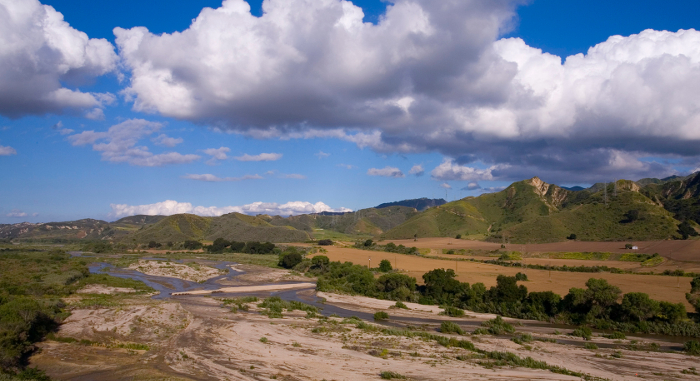
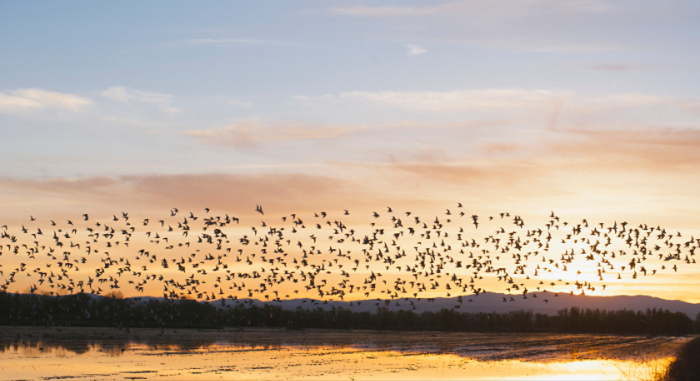

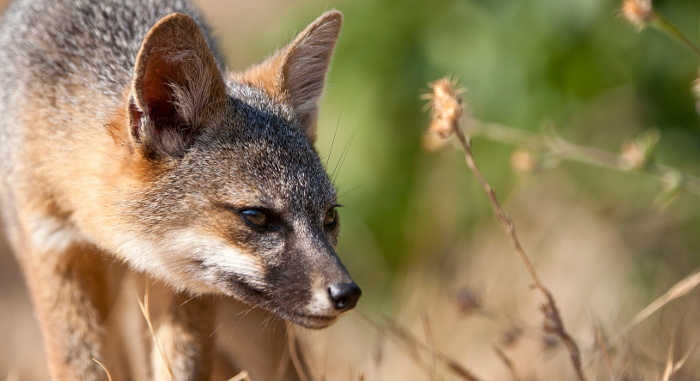
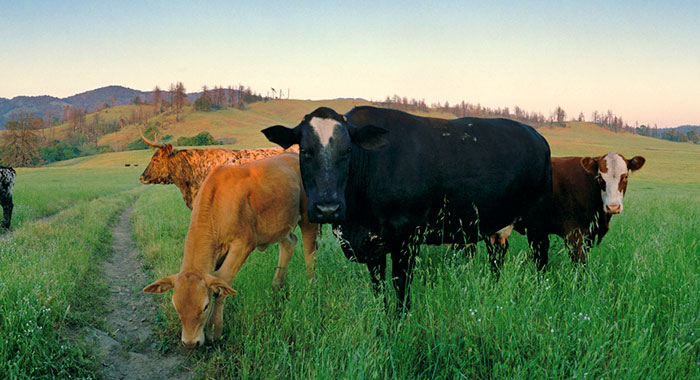
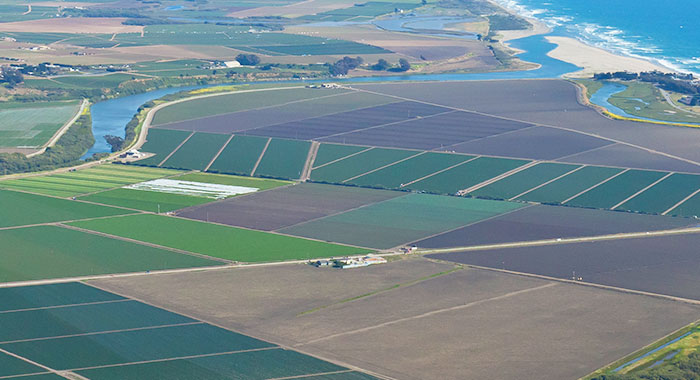

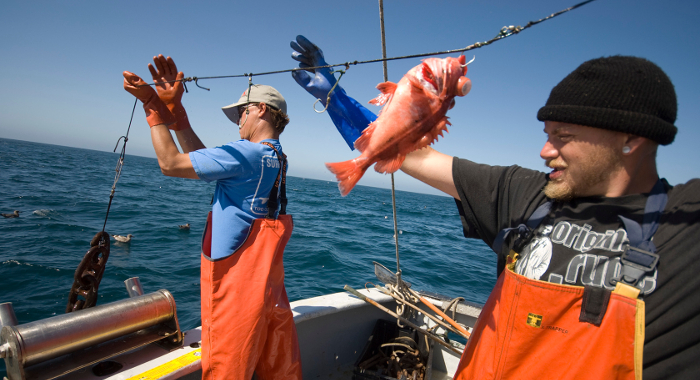
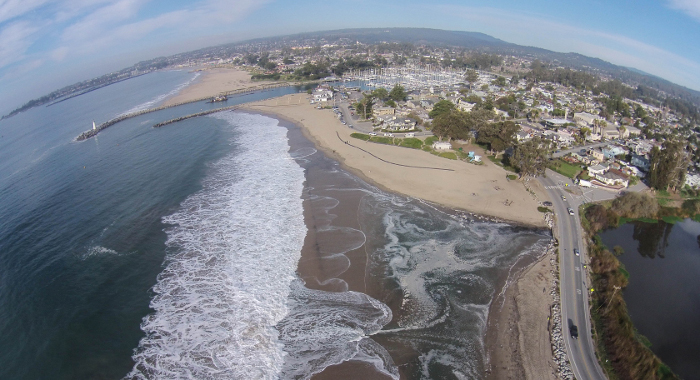

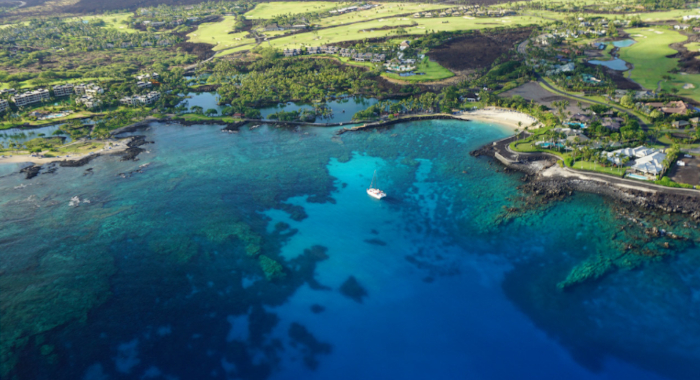
Sophie S. Parker, Lily N. Verdone, E.J. Remson, Brian S. Cohen
This study addresses a basic problem shared by many riparian conservation projects: parcelization. Having dozens or hundreds of owners along a river can make conserving riparian ecosystems a difficult…M.B. Pesendorfer, T.S. Sillett, W.D. Koenig, S.A. Morrison
Many corvids are renowned as “ecosystem engineers” because they facilitate the long-distance seed dispersal of keystone tree species like oaks. This paper reviews research into various…The Nature Conservancy, RMC Consultants, Inc.
Groundwater is intimately connected to surface water, which has profound implications for sustainable water resource management. California has historically overlooked this important interaction and…Buchalski, M.R, B.N. Sacks, D.A. Gille, M.C.T. Penedo, H.B. Ernest, S.A. Morrison, W.M. Boyce
Bighorn sheep occupy a desert landscape of rugged mountains separated by expansive and very arid valleys. Highways and other development in those valleys fragment habitat and isolate populations from…The Nature Conservancy, RMC Consultants, Inc.
Groundwater is intimately connected to surface water, which has profound implications for sustainable water resource management. California has historically overlooked this important interaction and…Morrison, S.A., A.J. DeNicola, K. Walker, D. Dewey, L. Laughrin, R. Wolstenholme, N. Macdonald
This paper describes a program to eradicate an introduced and rapidly increasing population of wild turkeys from an island. It includes a description of the principles important for eradication…The Nature Conservancy and Sonoma County Agricultural Preservation and Open Space District
The Climate Action Through Conservation project provides a way for local governments, land managers, and planners to understand the links between climate benefits and conservation values and…Matthew G. Johnson, Kylene Lang, Paul Manos, Greg H. Golet, Kristina A. Schierenbeck
When non-native ornamental species spread into wild landscapes they can displace natives that have greater wildlife habitat value. Controlling the spread of a non-native species can be difficult when…Vasilissa V. Derugin, Joseph G. Silveira, Gregory H. Golet, Gretchen LeBuhn
In restoration ecology, understanding how and when species colonize newly created habitat is critically important for assessing progress toward restoration goals. By using camera traps to take a…Gary L. Ivey, Caroline P. Herziger, David A. Hardt, Gregory H. Golet
Understanding the geographic distribution and long-term dynamics of Sandhill Crane (Grus canadensis) foraging areas and night roost sites is fundamental to their conservation and management. The…Daniel S. Karp, Patrick Baur, Edward R. Atwill, Kathryn De Master, Sasha Gennet, Alastair Iles, Joanna L. Nelson, Amber R. Sciligo, Claire Kremen
In 2006, an E. coli outbreak linked to spinach grown in California’s Central Coast region catalyzed reforms in vegetable production. Without evidence, wildlife was targeted as a disease vector…Walter Heady, Ross P. Clark, Kevin O’Connor, Cara Clark, Charles Endris, Sierra Ryan, Sara Stoner-Duncan
Connecting marine, freshwater and terrestrial ecosystems, bar-built estuaries are complex and dynamic coastal confluences that provide a great diversity of habitat and ecosystem services. The wetland…Jason Kreitler, Carrie A. Schloss, Oliver Soong, Lee Hannah, Frank W. Davis
In the past, mitigation to address impacts from development have lacked a regional planning perspective resulting in efficient design across a set of sites for a suite of impacts. This paper…W. David Shuford , Matthew E. Reiter, Khara M. Strum, Michelle M. Gilbert , Catherine M. Hickey, Greg Golet
Although agricultural intensification is one of the largest contributors to the loss of global biodiversity, agricultural landscapes can provide valuable habitat for birds. Recognizing this, wildlife…Jeanette K. Howard, Kirk R. Klausmeyer, Kurt A. Fesenmyer
California is one of the most productive agricultural and urban landscapes in the world with a growing population. These pressures have reduced aquatic and wetland habitats to a small fraction of…Johnston, A., D. Fink, M. D. Reynolds, W. M. Hochachka, B. L. Sullivan, N. E. Bruns, E. Hallstein, M. S. Merrifield, S. Matsumoto, S. Kelling
Global declines in migratory species in response to accelerating habitat destruction and climate change challenge the scope and scale of conservation efforts. The ability to pinpoint where and when…Cause Hanna, Ida Naughton, Christina Boser, David Holway
Ecological invasions can shift species composition and even alter ecosystem function. Ant invasions generate a broad spectrum of ecological effects but there is controversy about the extent of these…